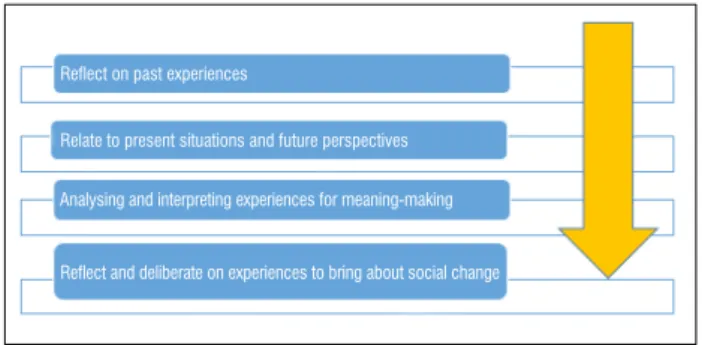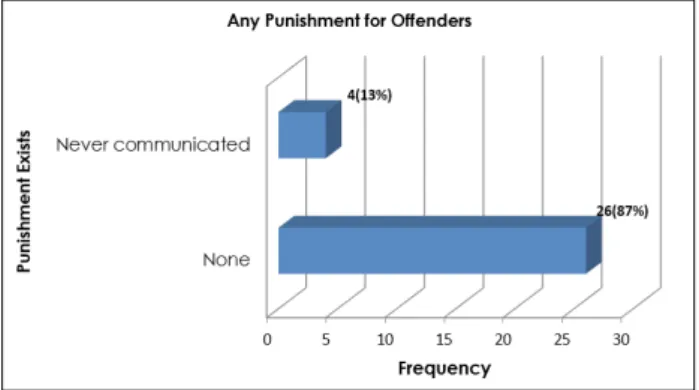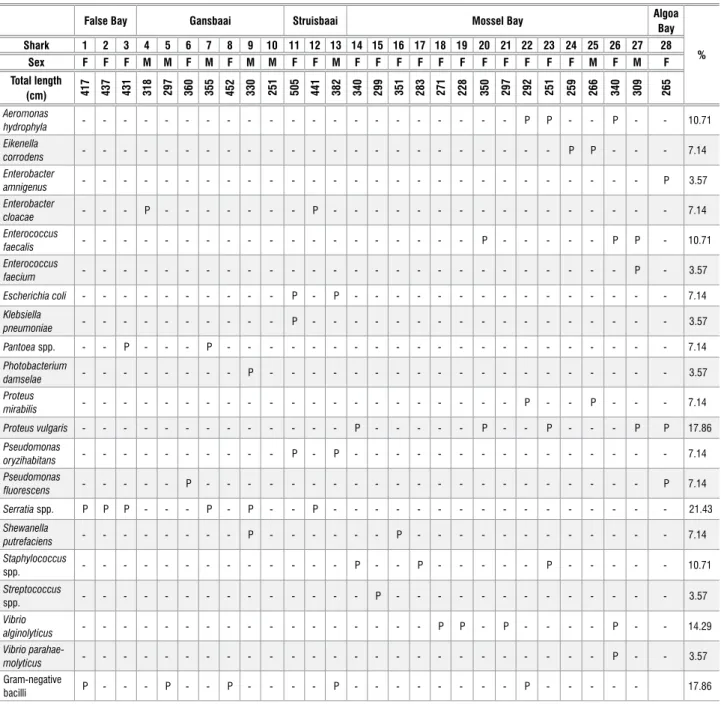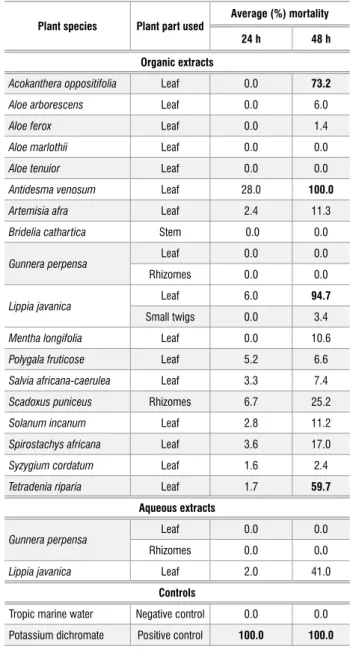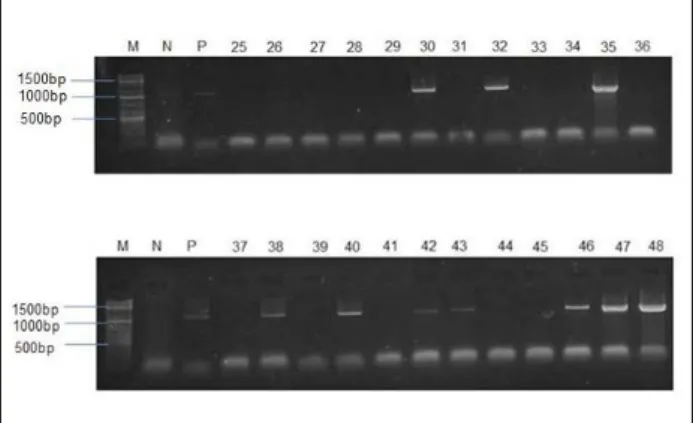3Centre for African Ecology, School of Animal, Plant and Environmental Sciences, University of the Witwatersrand, Johannesburg, South Africa. The other weakness of the book is in the second phrase of the title, 'making new sciences in the South'.
Johann Mouton and colleagues have produced a magisterial volume on The State of the South African Research Enterprise. One of the reasons for this dominance is the under-resourcing of research in the Global South.
Research ethics context in South Africa
Finally, I examine how research ethics guidelines can be changed, both nationally and internationally, to address these issues. A central argument is that national and international research ethics guidelines are currently not fit for purpose because they do not take into account the unique challenges of non-medical research in the 21st century.
The changing context of non-medical human research in the 21st century
Data types and methods of data collection
Globally, ethical guidelines for conducting research involving humans have been based on practices and procedures developed for and in relation to medical research.1,2 This indication is clear from international guidelines on research ethical practices, including the Belmont Report3 and the Declaration of Helsinki. 4. The context of research ethics and clinical practice is constantly changing due to developments in technology and medical procedures, including genetics and robotics.
Relationships between researcher and participant
These data types and different data collection methods pose challenges to the traditional model of a research project where the project is initiated, data is collected, and the project is terminated. In the digital world, start and end points are more difficult to identify and delineate within the confines of a research project.
Managing participant confidentiality, anonymity and data protection
Future directions in human research ethics
Acknowledgements
The purpose of the World Conferences on Research Integrity (WCRIs) is to promote integrity in research. South Africa has been granted the privilege of hosting the 7th WCRI in Cape Town in 2021 – the first time that a WCRI will be held on the African continent.
7th World Conference on Research Integrity 2021 – Announcement
The Statement of Ethical Research and Scholarly Publishing Practices, 2019, will henceforth form an integral part of the editorial policy for all internally managed and produced CHE publications. Promotional Coordination, Office of the Chief Executive Officer, Higher Education Council, Pretoria, South Africa.
Introduction
A comparison of global good practice is presented that provides a framework for institutional discussion to address and transparently address the issues and impact of exam fraud. Within this context, the organization's awareness of the risks of exam fraud introduced by technology, as well as the factors of human greed and student creativity, should be an integral part of the assessment.
Discussion: A global scan
Rangongo notes that in South Africa, the University of Cape Town specifically excludes such devices on a student's person or desk, while the University of KwaZulu-Natal bans them altogether at the exam venue. Stellenbosch University allows students to enter the exam area with a smartwatch, but must then turn off the device and place it face down on their desk; a similar approach is taken at the University of Pretoria, but additionally requires that the device be switched off and placed on the floor, under a chair and out of the student's line of sight.
Some ideas for addressing the risk
A scan of the available literature and jurisprudence does not reveal any decisions on the point, but it is sufficient to point out that what is another risk than 'exposure to a proposition of which one is uncertain'?24 . The longer the problem of exam cheating remains under-examined and unaddressed, the more ingrained it becomes as a facet of the normal student experience – 'everyone cheats' or 'everyone else does it'.
Conclusion
If one accepts the proposition that today's students are tomorrow's leaders and the general principle that college is often where character is developed, then when students get by dishonest means to get ahead in college, that dishonesty often shapes their behavior in the country. of work and in life. in general, thus influencing the moral structure of the whole society. Universities that turn a blind eye to the threat of exam cheating with the idea that they are avoiding reputational bias are being short-sighted, because if nothing is done, the risk of reputational risk remains - so in the workplace, the student-turned-employee often doesn't is competent in his work and institutional standards and reputation are called into question.
Authors’ contributions
Assessment, plagiarism and its impact on academic integrity: Experiences of academics in a South African university. In South Africa and elsewhere in the world, student plagiarism and cheating have become a concern, especially when teaching large classes.
Massification’ of higher education
The quality of teaching, learning and assessment is threatened by the growing problem of academic dishonesty, particularly in large class sizes, as a result of the "massification" of education. Importantly, the quality of the student experience is a priority; and finally, teaching large classes can make students feel neglected and alienated in the system.14.
Research methodology
Since the change in perspective on plagiarism detection, it is essential to note the shift in thinking about Turnit from its role as a plagiarism detection tool to a self-learning tool for students.27 Emphasizing the findings of a study by Chew et al.27 that Turnitin is not intended to be used as a 'plagiarism detection tool' (police tool) to punish students for plagiarism, but instead should be used as an effective self-assessment learning tool used to support students. This can be done through the pedagogical use of the Turnitin originality report to improve students.
Discussion of findings
Participants further highlighted that students have 'beat' (Tony) and 'cheated' (Pearl) the Turnitin system. To increase the reliability and effectiveness of assessments, academics should plan their assessment tasks, procedures and rubrics very carefully to discourage plagiarism.22 A practice that concentrates on a 'pedagogical approach' that encourages academics to deal with academic dishonesty and includes instruments to deter and detect plagiarism when it occurs, as opposed to treating it as academic misconduct, are preferred.19 Academics have a key role to play in the development of students' moral understanding and behavior; however, academics have proven reluctant to report or intervene with students who are academically dishonest.23 To deal with plagiarism in the classroom, and perhaps to eradicate plagiarism in this ever-advancing digital age, academics need to legitimize it for learning purposes by adopting different assessment strategies that avoid plagiarism and that build a moral student culture.13 Recognizing that planning assessments with a vision of "designing out" may avoid plagiarism and cheating, it can help academics deal with plagiarism and discourage translation because Turnitin is no longer a deterrent to students who have managed to devise ways to 'beat' (Pearl) the system.13.
Concluding comments
The challenge of teaching large classes in South African higher education: A battle to be fought outside the classroom. This stems from the 'massification' and rapid growth of higher education systems that have seen universities become influential organizations in society, where failures of integrity damage institutional brands and the credibility of higher education systems. negative perceptions of academic integrity can have a significant impact on institutional reputation.
Statement of the problem
Consequently, efforts to eliminate this threat to academic integrity must not only focus on lecturers, but also be extended to students. This study investigated the prevalence of the 'sexually transmissible marks' (STM) phenomenon among higher education institutions (IHL) as a facet of academic dishonesty affecting academic integrity.
Objectives of the study
Theoretical framework of analysis: The socio- cultural model
Half of male students and nearly a third of female students admitted to sexually harassing someone in college. There are 3 universities in Bulawayo and 20 registered universities in Zimbabwe, representing 15% of the entire university sector in Zimbabwe.
Results
Among the respondents, first degree alumni and administrators expressed exposure to STM in the first 5 years. The key themes emerging from the text questions of the questionnaire were the subject of word cloud generation.
Discussion
However, the rights-based approach claims that rights holders cannot willfully allow their rights to be violated. The sexual harassment policies of DNHs have tended to exclude students as duty bearers, blindly treating them as only holders of rights.
Recommendations
Although the study found that lecturers and students are equally responsible for STM as perpetrators and victims, a rights-based approach emphasizes the role of subtle and overt power in providing coercion that false. Thus, even socioculturally acceptable sexual relations would remain a violation within a rights-based approach due to the unequal power between the parties.
Relevance to other countries
The university's policies on sexual harassment are barely known, and do not address sexual relationships between faculty and students that go undetected. Sexual Harassment and Psychological Consequences among Students in Tertiary Institutions in Osun State, Nigeria.
Contextualising academic integrity in Zimbabwe
Academic integrity is an important measure of the quality, efficiency and competitiveness of higher education systems. Recognizing the corruption-ridden national context, its global manifestation and its impact on higher education and wider society, ZIMCHE has played a key role in promoting academic integrity through quality assurance.
Literature review
Placing academic integrity in the spotlight in this way motivates higher education institutions to prioritize and actively inculcate a culture of academic integrity. 38. The players in the higher education ecosystem include quality assurance agencies, professional bodies, parents, general public, alumni, prospective students, funders and higher education institutions.
Purpose of study
In other words, the integrity of quality assurance agencies is an integral part of high quality higher education systems; similarly, no agency can rise above the quality of its institutions – effective collaboration strengthens and ensures academic integrity. Quality assurance agencies should work with institutions to develop strategies to maintain academic integrity.
Findings
Plagiarism by Academics in Tertiary Institutions: A Case Study Journal of Zimbabwe Studies. Investigation of the bacterial profile obtained from the oral cavity of sharks, off the coast of KwaZulu-Natal, South Africa [Master thesis].
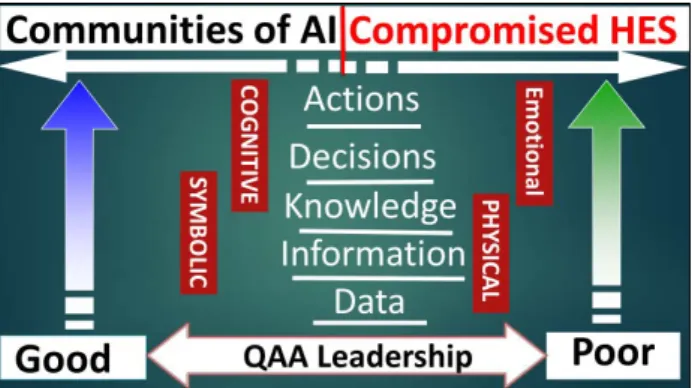
Materials and methods
Most of the selected microorganisms were obtained from the American Type Culture Collection (ATCC) and purchased from Davies Diagnostics (Johannesburg, South Africa). A 100 μL volume of a standardized culture suspension (1 x 108 CFU/mL) prepared as a 0.5 McFarland standard was added to all wells of the microtiter plates.

Results and discussion
In general, the sensory profile (mouthfeel, flavor and aroma) of the modified motoho was preferred over the traditional motoho. This study was conducted in the Hhohho region of the Kingdom of Eswatini (formerly Swaziland).
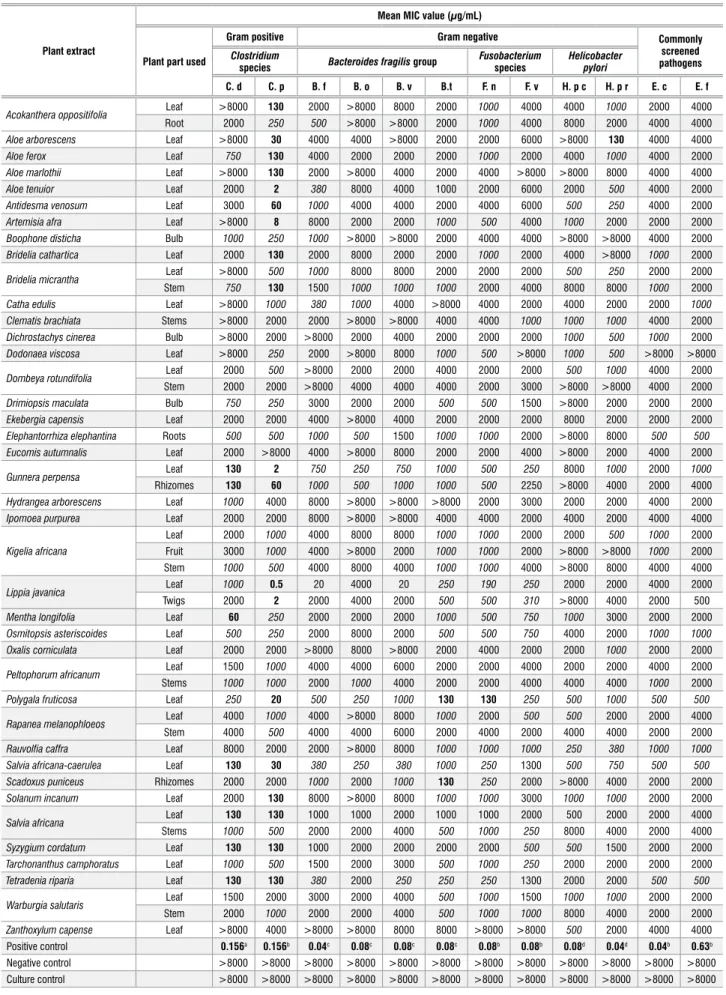
Emasi pH and TA
Part of the fresh culture was streaked onto MRS agar, which was then incubated anaerobically for 48 hours. Purified sequence products (Zymo Research, ZR-96 DNA Sequencing Clean-upTM kit) were analyzed using CLC Main Workbench 7 followed by a BLAST search of the US National Center for Biotechnology Information database.11 Of 16 LAB strains initially identified from emahewu using the API 50 CH kit, 9 were identified using the 16S rDNA method.
Emahewu pH and TA
Leuconostoc pseudomesenteroides 27 S-emah Lactobacillus plantarum Not identified 28 S-emah-5 Lactobacillus plantarum Not identified L, Lobamba; MOT, Motshane; Nt, Nttjeni; S, Sitjeni (locations from where the samples were collected). The results of the present study are supported by those of Ashmaig et al.32 who observed that LAB isolated from traditional Sudanese fermented camel milk was able to ferment some carbohydrates.
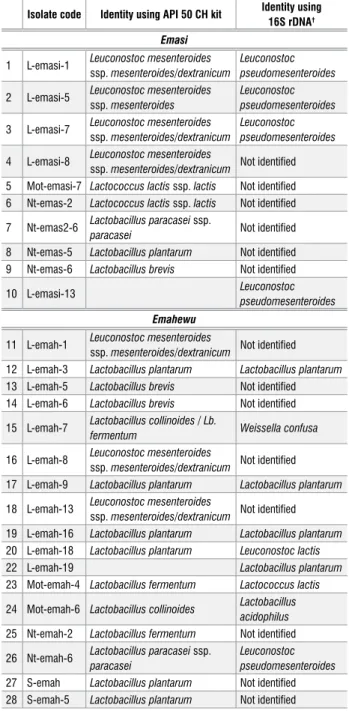
Conclusions
Organic manure application in the second cropping season resulted in a higher grain yield compared to that of the. In the second cropping season, the combined manure produced the highest value followed by poultry application.

Material and methods
Forgiveness moderates the relationship between psychological abuse and indicators of psychological distress in women in romantic relationships. Our results also indicate that the relationships between psychological abuse and indicators of psychological distress were moderated by partner forgiveness.
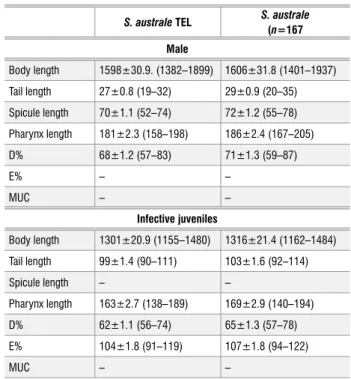
Limitations and future research directions
On the other hand, the primary focus of forgiveness for those in the partial forgiveness group may be the self. The current findings may help inform the clinical application of forgiveness to victims of IPV.
